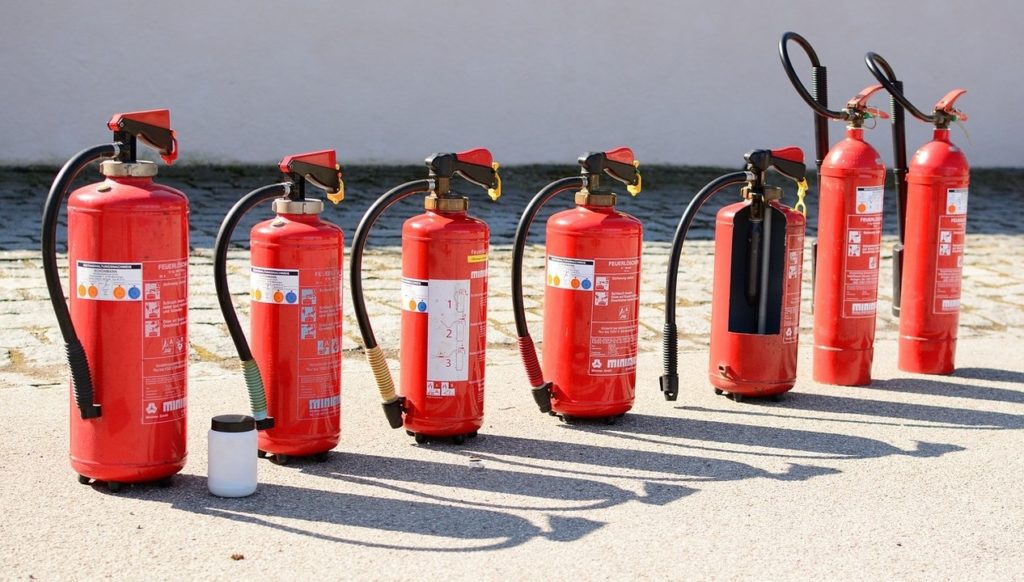
One of our most favourite business drink and club dinner chat topics is the crisis that just hit whatever organisation (not ours, of course) or important person (except ourselves) and the unfortunate way it was handled (especially communications!). And we all agree that they could have been better prepared. How? Well, media training, crisis board exercises, alerting tests, and so on.
The next morning, back in the office, the yearly crisis exercise is on the meeting agenda. Of course, we want to be as prepared as we can be. We don’t want our company to make the one little mistake that costs us all the goodwill we have built up over the years. But the time it needs to prepare this whole exercise … and the costs! We are not quite ready with this new customer interface anyway, and there is no sense in such an exercise if we cannot simulate customer communications correctly, is there? We’d better skip the communications part for the moment and make some major exercise next year instead.
It’s a bit like the exercise you wanted to do regularly in this fitness club just over the street – at least you have got the member card. But frankly, there is no good excuse not to go. Just like physical workout, crisis communication exercises come in many shapes and sizes. Fix an objective that goes with your needs and possibilities and chose the corresponding type of exercise. But don’t just postpone! Once you are rusty, it will be difficult to get back to the level.
Let’s take a closer look at three classics of crisis communication exercises:
- The “as if it were real” exercise
- The “opportunistic” exercise
- The “table top” exercise
As if it were real
The full-scale simulation of a real situation in a real time (and real adrenaline) environment is of course the archetype of crisis exercises, including crisis communication.
It is intended to test and evaluate in an interactive manner the operational capability of the crisis management system within an organisation but also at the interface with other bodies.
Such a fully fledged crisis exercise is quite an investment! If it is well prepared and well performed, the learning effect for the participants is important – also thanks to the emotional component. This applies particularly to communications which often gets more attention in a crisis mode than in the daily routine. However, if you cannot guarantee high-quality training, don’t do it. Choose a different type of exercise that is worth your money.
Opportunistic
Regardless of the sector you are working in, the actual reality offers always opportunities to put to test your crisis communication. Treat a delicate issue or a “micro crisis” – which in isolation does not represent a serious threat but might cause important reputational damage in accumulation with other issues – as a potential crisis.
This opportunistic set-up allows you to try-out your crisis communication processes, instruments and skills with a real case and in a real environment. And, as a welcome side effect, the exercise will deliver operationally useful results.
My personal experience has made me a great supporter of opportunistic crisis communication exercises. It is of course important to evaluate the situation carefully first and not to misuse a real crisis as a testing ground. This precaution taken, the opportunistic exercise is highly efficient because it is easy to set up and helps to cope with a real situation. The positive effect of the “demystification” of crises should not be underestimated either. You get used to being less hesitant and reacting much faster when a potentially real crisis situation occurs.
Table Top
As the name suggests, the participants in this type of exercise sit around a table and have the crisis scenario in front of them. They study and discuss one or more cases, in their familiar or alternatively in other roles, and explore possible ways of dealing with the crisis scenario.
The objective of such a discussion-based exercise is obviously not to put processes, instruments and skills to the test, but to ensure that they are available for any conceivable crisis development and are comprehensible for everyone.
The table top exercise is simple and precise – but it is not operation-based. Its limitations are outweighed by benefits that are not available in a real crisis or other training settings. The low-stress environment and the discussions allow for a creative trial-and-error approach, highlighting problems and solutions that would otherwise go undetected.
There’s nothing good unless you do it
Unless you’re really not willing, you always find a way to get some exercise that goes with your person and your specific need. If football training doesn’t fit into your calendar, go to the gym. If you don’t like gyms, go to work by bike and take the stairs instead of the elevator. If you want to spend more time with your family, go on a hike together.
It is the same for crisis communication. You can choose from different exercises and “personalise” them according to your industry, your organisation, your goals. Vary the programme, be demanding with yourself and open to feedback, but also have some fun. It is not so hard to maintain and even improve your fitness – as long as you do some training.